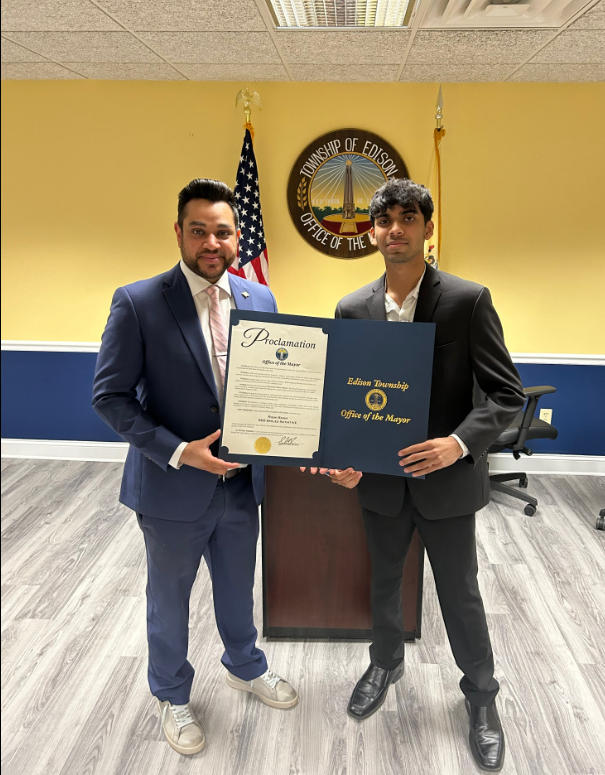Smarter Traffic Lights, Calmer Commuters

February 5, 2021
With advanced electronic control systems that apply artificial intelligence to the task of keeping traffic moving, less painful commutes may be ahead. The less time spent in traffic can have more benefits than just happy drivers – it can lead to less fuel burned and less carbon emitted, which can help our environment.
Cleveland installed the first electric traffic light. Other countries universally picked up on the idea that regulating traffic lights electronically was much more foolproof than trying it manually. SCATS is the name of the system that uses sensors at each intersection (primarily wire loops embedded in the pavement) to measure traffic.
In my opinion, trying to improve traffic lights is a really good idea. It seems small, and the wait for 30-60 seconds per light may not feel like much, but that time adds up. 36.4 hours of reduced travel time per vehicle annually saved 32 gallons of fuel and reduced carbon dioxide emissions by 621 pounds. We could help the environment and make Monday mornings run a little smoother, so I am impressed and in agreement with this movement.
One possible negative outcome would be that this technology could be used negatively: drivers could be easily identified and profiled. This may be an invasion of privacy, however, there are also benefits to this, like safety. One positive outcome would be efficiency and ease with time. Many people could get to where they have to be much faster. We would also be much safer.
Car accidents and traffic jams can be fatal to oncoming drivers and it could just be a slow traffic light that might save someone’s life. All in all, improving traffic lights and advancing their technology could seriously benefit the entire community.













